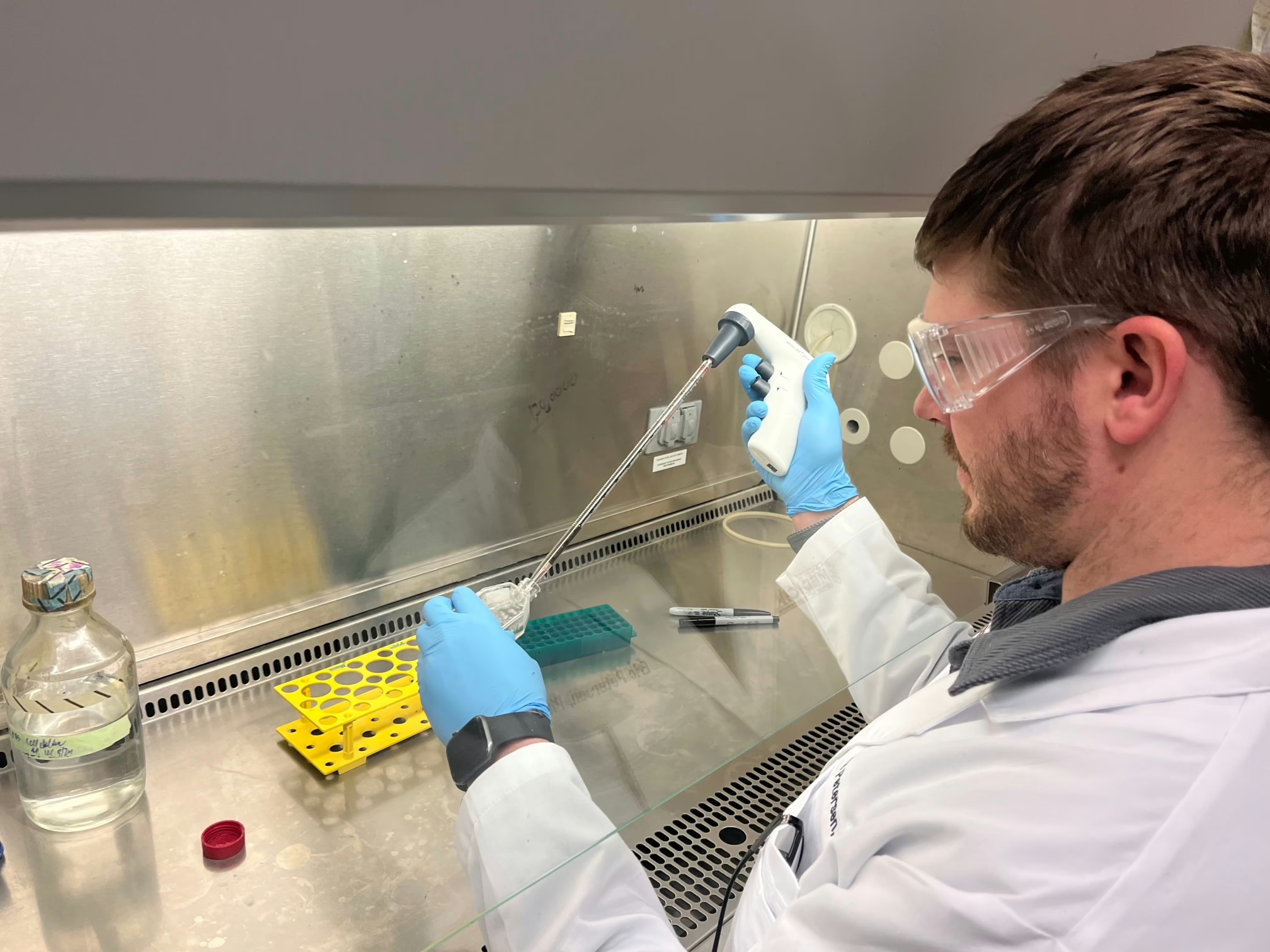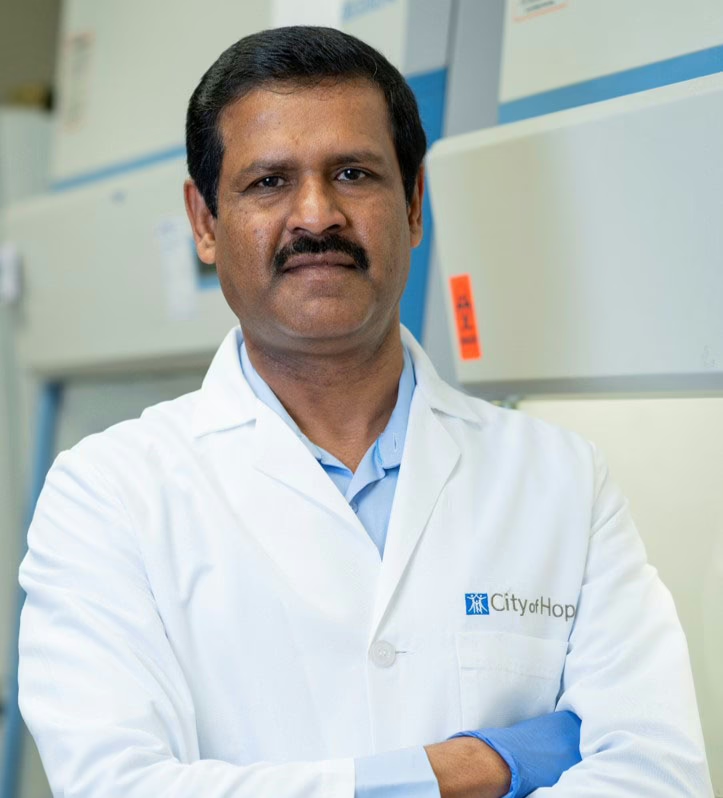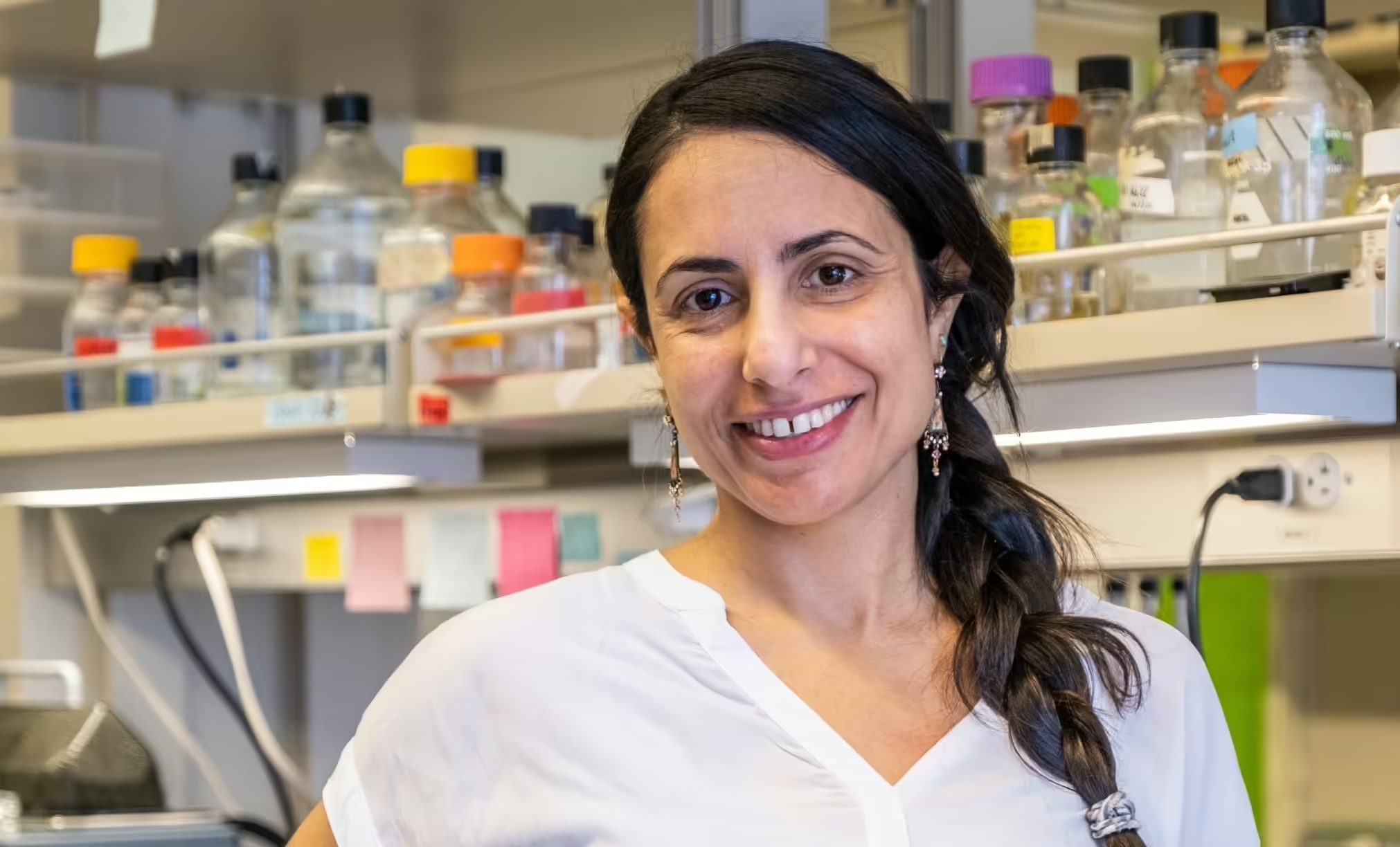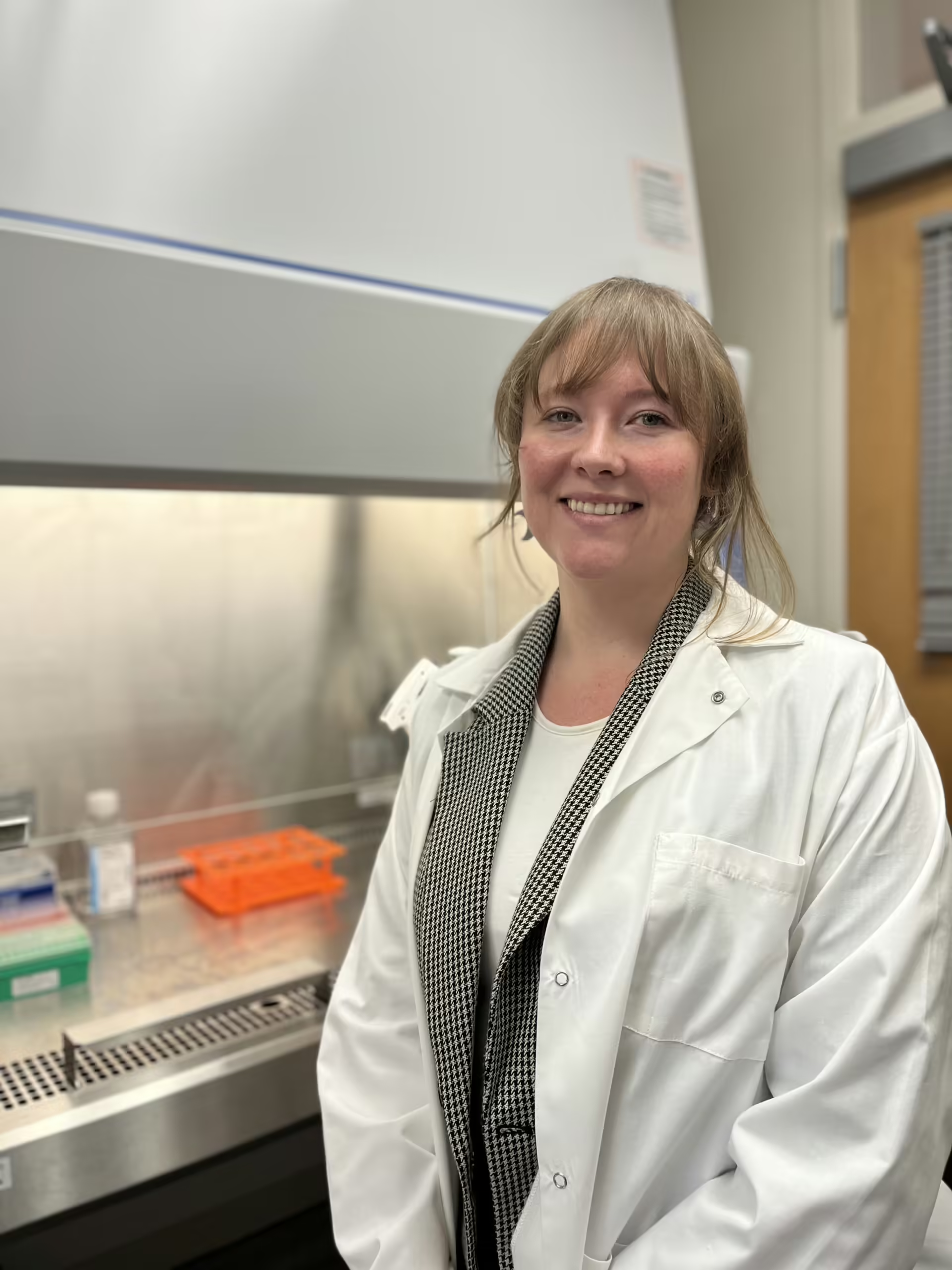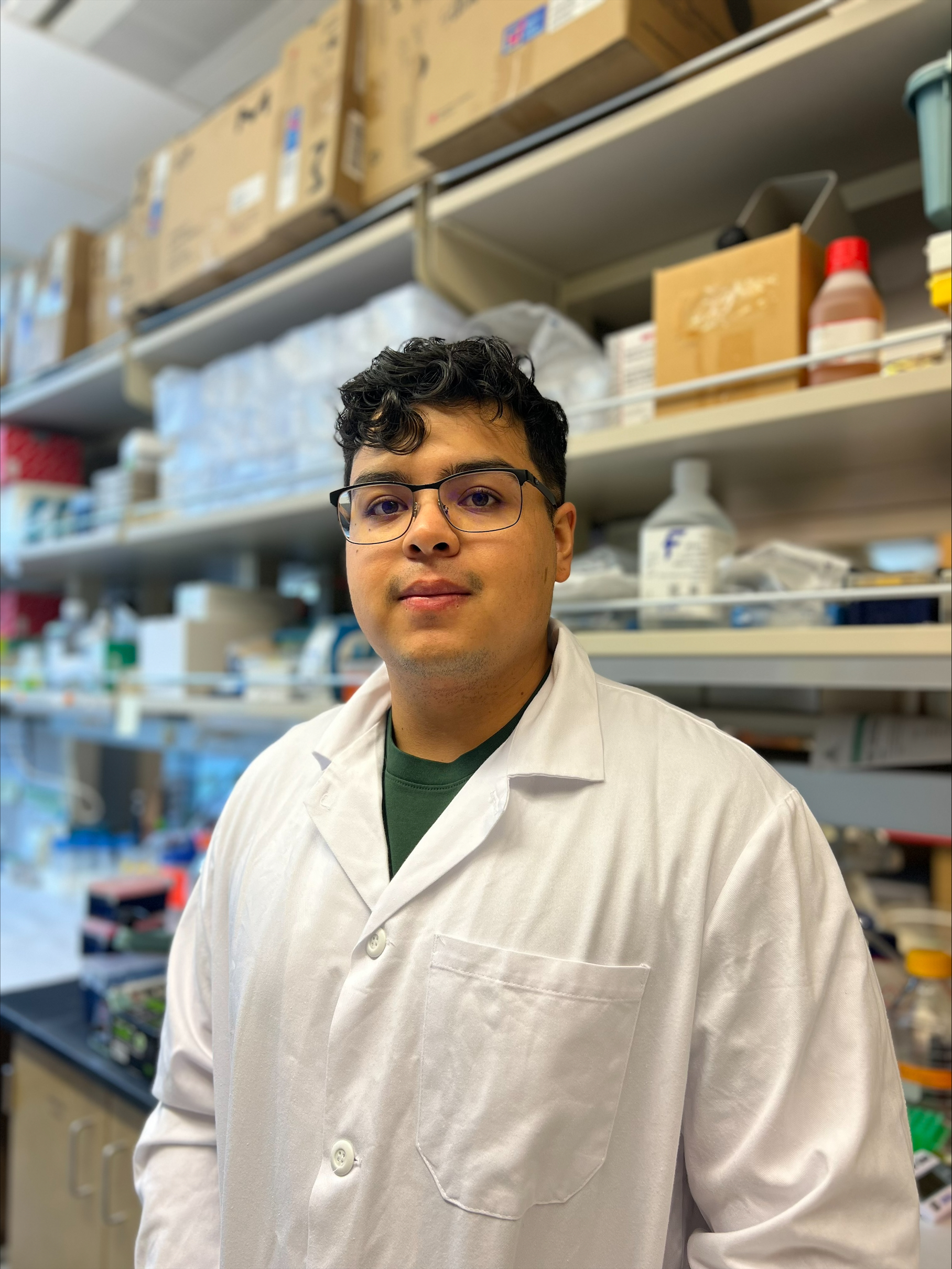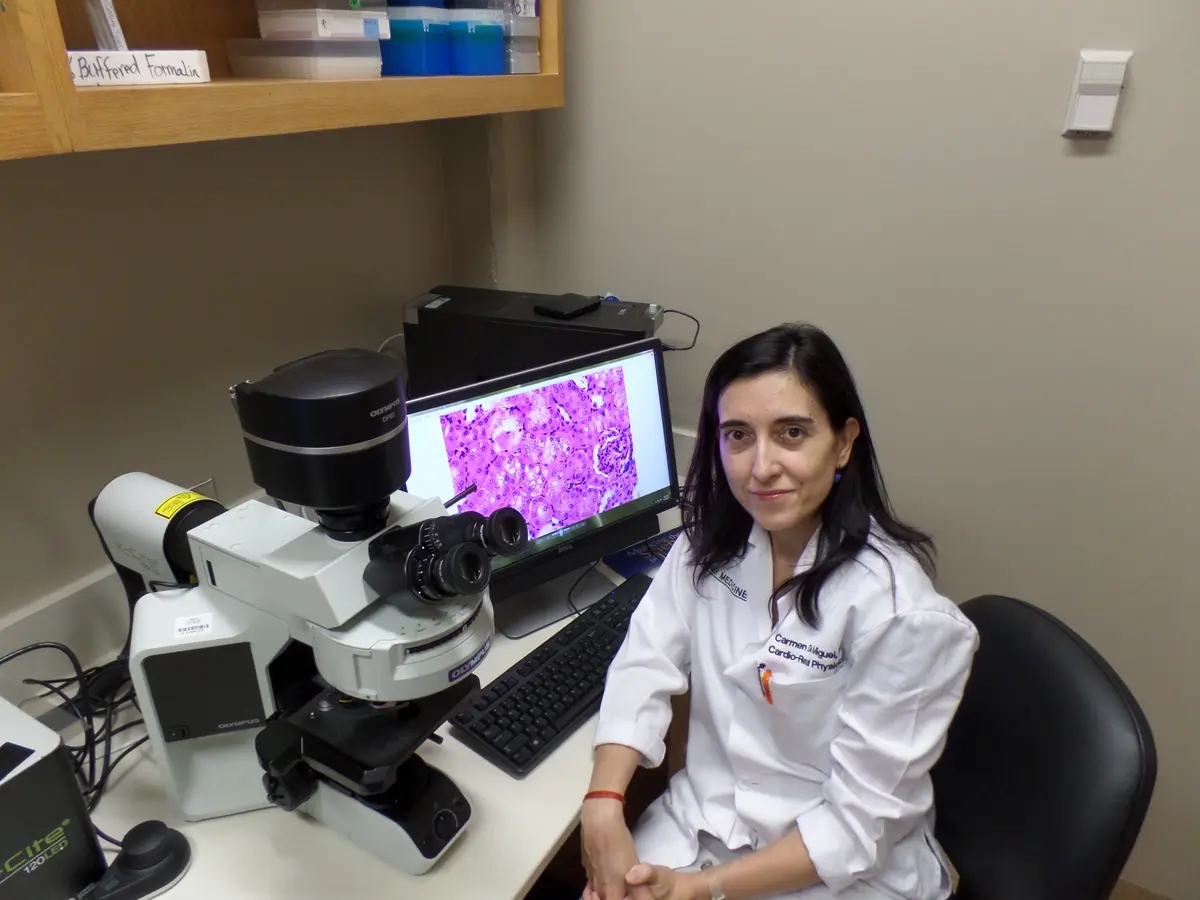Final Update
Phage engineering is often challenging. In our short project, we established a workflow for engineering a S. epidermidis temperate phage. We have successfully engineered the phage genome without an apparent disruption to the phage fitness. Currently, we are attempting to introduce a reporter gene in addition to the Km gene into the phage genome. Once we succeeded in adding the reporter gene into the phage genome, the engineered phage will be applied on mice toward examining whether the phage can infect native skin bacteria. Regarding T7-mediated expression, current strains will be analyzed further. In addition, our group member is currently working on constructs with new designs for T7-mediated expression with slightly different tools. We will also further investigate the Tet induction approach. We are hopeful that we will have a T7 system established. We will then replace the GFP sequence with the SCI-57 gene to show robust insulin-analogue expression.
6-Month Project Update
In the first half of this funding period, we began searching for research institutes to obtain phages for genetic engineering. Simultaneously, we examined S. epidermidis ATCC 12228, previously engineered in our lab to be insulin-responsive, to see if it contained a prophage. Using the web tool Phaster, which detects phages in bacterial strains, we identified two putative bacteriophage regions in S. epidermidis ATCC 12228. However, attempts to activate the lytic cycle using mitomycin C and UV light, followed by screening with PCR, plaque assay, and flow cytometry, yielded inconclusive or negative results. Given these findings and existing literature on the challenges of infecting S. epidermidis ATCC 12228 with known bacteriophages, we discontinued efforts to recover the candidate prophage.
We received two phages (6ec and HER#292) from Canada in late October and started generating lysogens to preserve the phages. Additionally, we received phage 456 as a prophage from the CDC in mid-November and are currently reviving the bacterial cells. While waiting for the phages, we improved our insulin-producing system. We found that the expression level of the insulin analog SCI-57 was low, likely due to its genomic insertion near a low transcription activity region. To enhance expression, we are adopting a powerful recombinant protein expression system from E. coli, involving T7 RNA polymerase. We introduced an inducible T7 polymerase gene construct into the S. epidermidis genome and are evaluating the system with a GFP reporter gene, which will later be replaced with the SCI-57 gene. We are currently fixing errors in the GFP construct shared by our collaborator.
Project Description
Type I diabetes (T1D) is a chronic disease characterized by the destruction of the insulin-producing pancreatic beta cells with early onset, such as childhood and adolescence. Despite the tremendous efforts and investments to cure or improve therapies for T1D, optimal solution of this disease has not been discovered. Therefore, the individuals with T1D still require lifetime treatment with insulin injection to control blood glucose. The goal of our project is to establish an alternative insulin delivery system for T1D patients.
Theoretically, the deep skin area has been thought to be sterile with no living organisms. However, a study discovered non-pathogenic bacteria that reside adjacent to the vasculature deep in the skin. We propose to engineer these skin bacteria to serve as surrogates of pancreatic beta cells for controlling blood glucose levels in T1D. The engineered bacteria should be able to (1) produce and secrete insulin as needed, (2) detect and rapidly respond to blood glucose levels, and (3) evade host immune attacks. For safety concerns, the engineered skin bacteria can be also equipped with a kill switch that allows for easy elimination of the bacteria from a treated patient if needed.
Using previous DRC and other funding, our team has demonstrated that an engineered strain of the main deep-skin bacteria, Staphylococcus epidermidis, can produce and secrete a single-chain insulin analog that can increase glucose uptake. We also have confirmed that our engineered strains provided on the skin surface with Cetaphil cream move into the deep skin layers. So far, tests of this insulin-producing bacterium in mice have not lowered mouse blood glucose levels. We hypothesize that our engineered S. epidermidis strains are not producing enough insulin analog to alter murine blood glucose. In addition, engineered bacterial strains would need to compete with the native deep-skin bacteria for space and resources, possibly reducing their activities as insulin producing cells.
The novelty of my project is to directly engineer native skin bacteria in vivo using bacteriophages, or phages, which are viruses that specifically infect bacteria. Using a cocktail of phages, multiple subgroups of skin bacteria can be targeted to amplify the insulin signal. The expected outcome is a more robust expression of insulin in response to high glucose conditions.
Phages have been used as an additional therapeutic option for infectious diseases that cannot be treated with antibiotics due to multidrug resistant bacteria. This is called bacteriophage therapy. Our study is going to expand the extent of the bacteriophage therapy. Success of the phage-mediated engineering of the skin microbiotas could be an avenue to better blood glucose control than with current insulin therapy and improve the health of those individuals who suffer from T1D.


